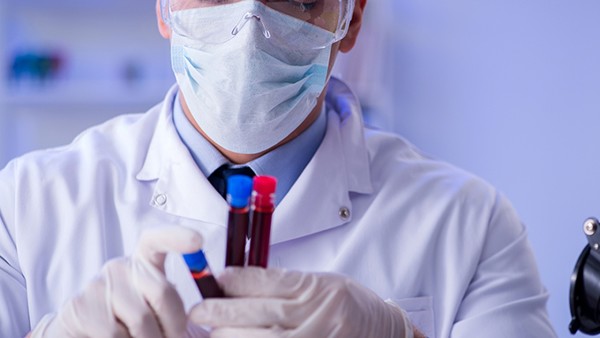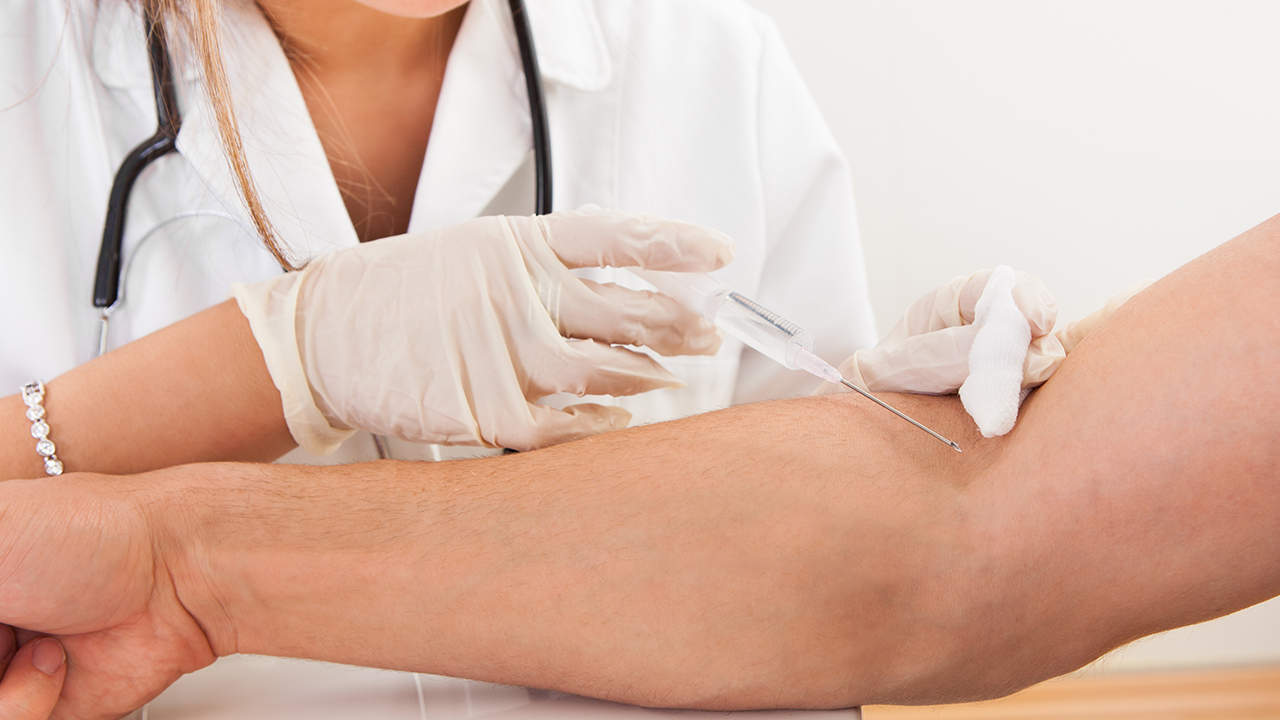There are 4 Types of Prostate Cancer

Prostate cancer is the most common cancer among men in the United States. It is a cancer that starts in the prostate gland, which is a small gland located below the bladder and in front of the rectum. The prostate gland produces fluid that helps to make semen.
There are four main types of prostate cancer:
Adenocarcinoma: This is the most common type of prostate cancer. It starts in the cells that line the glands in the prostate.
Squamous cell carcinoma: This type of prostate cancer starts in the cells that line the surface of the prostate.
Transitional cell carcinoma: This type of prostate cancer starts in the cells that line the urethra, which is the tube that carries urine from the bladder to the outside of the body.
Sarcoma: This type of prostate cancer starts in the cells that make up the supporting tissues of the prostate.
Prostate cancer can be treated with a variety of methods, including surgery, radiation therapy, hormone therapy, and chemotherapy. The type of treatment that is recommended will depend on the stage of the cancer, the patient's overall health, and the patient's preferences.
Symptoms of Prostate Cancer
The symptoms of prostate cancer can vary depending on the stage of the cancer. In the early stages, prostate cancer may not cause any symptoms. As the cancer progresses, it may cause symptoms such as:
Difficulty urinating
Frequent urination
Pain or burning during urination
Blood in the urine or semen
Pain in the lower back, pelvis, or thighs
Erectile dysfunction
Weakness or numbness in the legs or feet
Diagnosis of Prostate Cancer
Prostate cancer is diagnosed through a combination of tests, including:
Digital rectal exam (DRE): This is a physical exam in which the doctor inserts a finger into the rectum to feel the prostate gland for any abnormalities.
Prostate-specific antigen (PSA) test: This is a blood test that measures the level of PSA in the blood. PSA is a protein that is produced by the prostate gland. High levels of PSA may indicate prostate cancer.
Biopsy: This is a procedure in which a small sample of tissue is removed from the prostate gland and examined under a microscope to look for cancer cells.
Treatment of Prostate Cancer
The treatment of prostate cancer depends on the stage of the cancer, the patient's overall health, and the patient's preferences. Treatment options include:
Surgery: Surgery is the most common treatment for prostate cancer. The goal of surgery is to remove the prostate gland and any surrounding tissues that may contain cancer cells.
Radiation therapy: Radiation therapy uses high-energy beams of radiation to kill cancer cells. Radiation therapy can be given externally, from a machine outside the body, or internally, from radioactive seeds that are placed inside the prostate gland.
Hormone therapy: Hormone therapy is a treatment that uses hormones to lower the levels of *** in the body. Testosterone is a hormone that can help prostate cancer cells to grow. Hormone therapy can be given in the form of pills, injections, or implants.
Chemotherapy: Chemotherapy is a treatment that uses drugs to kill cancer cells. Chemotherapy can be given intravenously (through a vein) or orally (by mouth).
Outlook for Prostate Cancer
The outlook for prostate cancer depends on the stage of the cancer, the patient's overall health, and the patient's response to treatment. The five-year survival rate for prostate cancer is 98% for men who are diagnosed with localized prostate cancer, which means that the cancer is confined to the prostate gland. The five-year survival rate for men who are diagnosed with regional prostate cancer, which means that the cancer has spread to nearby tissues or lymph nodes, is 87%. The five-year survival rate for men who are diagnosed with distant prostate cancer, which means that the cancer has spread to other parts of the body, is 30%.
Prevention of Prostate Cancer
There is no sure way to prevent prostate cancer, but there are some things that men can do to reduce their risk of developing the disease, including:
Eating a healthy diet
Exercising regularly
Maintaining a healthy weight
Limiting alcohol intake
Quitting smoking
Getting regular PSA tests
The above is all the content that the editor wants to share with you. I sincerely hope that these contents can bring some help to your life and health, and I also wish that your life will be happier and happier.
Topic: #types #are #there













